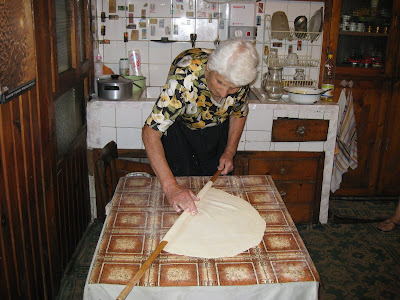I’m sad. But in sadness often comes reflection and sadness can bring forth the sweetest memories.
All too soon our Bulgarian adventure has come to an end. Several things have come up, which we did not anticipate, and have necessitated our return to Arizona. I am already missing Bulgaria and the friends we made there. I miss Sapareva Banya. And I miss the little town of Koprivshtitsa. I was only there for two days but it seemed like such a wonderful place to spend two years. I hope to go back someday as a visitor, perhaps to stay for a while.
Learning the Bulgarian language was a huge challenge but we were making good progress in learning vocabulary, at least in speaking. It was, however, very stressful when I was trying to hold a conversation because I still hadn’t got to the point where I could understand a lot of what was spoken to me. Maybe with my hearing loss, I would have never reached that point. I’ll never know but it did weigh on my mind.
The good side is that we’re back with our good friends in Arizona. Our own house, our own bed, our own shower, the ability to drive a car again, and above all the opportunity to live with each other both day and night, all make up a familiar refuge from a very intense time in our lives.
We’re now 30 hours back in our home and the jet lag still lingers from being seat-belted in aluminum cocoons for 23 hours on three flights covering one third of the globe. Our bodies are still on Bulgarian time, now ten hours off from the Arizona sun’s cycle.
We’re back home. The warm Arizona air removes the chill from body, mind, and soul. I look forward to getting reacquainted with “my” mountain, finding my friend the cactus wren, and indulging in enchiladas and fajitas at my favorite Mexican restaurant. So many familiar things to do, to see, and to enjoy.
And yet some part of me is still in Bulgaria. My dreams are still in Bulgarian. Part of my soul drifts with the haunting singing of the white brotherhood echoing high in the Rila Mountains. Part of me still walks the narrow cobblestone streets of Koprivshtitsa. In some mysterious way I have become part-Bulgarian and the word “home” now has two different meanings on two different sides of the globe.
Today I am Janus. I am looking forward and I am looking back.























































